How to find a balance with hotel technology
June 24 2014
When it comes to hotel technology, a good strategy is to have a long-term plan that allows for regular enhancement with tested products.
By Jon Inge HNN columnist
The place of technology in a hotel environment has probably been debated ever since the first guest was presented with a soulless printed folio instead of a gracefully handwritten invoice. After all, this is the hospitality industry, the epitome of a high-touch, caring environment. No one would debate that we need some technology. It has invaded so much of our lives we can’t imagine running a hotel without it. We can even use it to print guest folios in a graceful, “handwritten” font.
Nonetheless, the question of how much technology is appropriate continues to be debated, especially around budget time every year. Do we need to refurbish the guestrooms and public areas, or should we upgrade some aging technology? Both options are critical. In these instant- feedback days, worn furnishings will impact bookings just as quickly as poor Wi-Fi. The answer, of course, lies in finding the right balance. Assuming that our Solomon-like budget planners do find a way to balance appearance and technology upgrades, technology itself can be approached in many different ways, and making the right choices requires an equally sensitive balance. Some of the fundamental options include the following:
Cutting-edge vs. well-established
Especially in regard to guest-facing technology (and to some extent in management systems), new approaches and new utilities constantly promise more flexible, powerful and appealing ways of doing things, often driven by media hype. The attraction is undeniable, but so is the danger of being the first to find the problems—or of being left behind when fashion changes direction. 3D televisions, anyone?
On the other hand, hanging on to your old systems for too long will just as certainly handicap your staff, either through unreliability or by being unable to take advantage of functions widely used by your competitors.
Finding the right balance for your own property is critical. For example, you do need to keep up with Wi-Fi bandwidth demand, but the latest 802.11 protocols don’t need to be implemented by everybody immediately when they’re announced. Blessings upon those who live to try out the newest systems first, accepting the disruptions and believing in the concept strongly enough to debug it for everyone else.
But for most operations it’s more critical to maintain a solid core system; however, no one can afford to get too far behind. Keep an eye open for new possibilities by balancing the stable base with pilot tests on newer concepts or add-on utilities.
On-premise vs. cloud
The migration to remotely-hosted systems is well underway, but plenty of hoteliers are still wary of having their guest data stored off-property or of losing the link to their guest management or point-of-sale systems at critical times. For some remote locations with poor, unreliable or prohibitively expensive communications this does have validity, but for most properties the links are solid, the data availability seamless and the concept well-proven.
While trying to maintain every system and database on-premise is increasingly difficult and costly, it’s wrong to think moving all systems to the cloud takes all worry out of the equation. It might be a more reliable approach, but having someone else looking after the servers, software/security updates and backups doesn’t absolve you from responsibility. Hoteliers must still verify this is all being done and must take responsibility for driving the resolution of all technology problems that occur in operations, especially when they involve more than one vendor.
It’s another balance. You might not need all the technical support staff you had with on-premise systems, but you do still need people who understand the fundamentals of systems, networks and interfaces.
Narrow focus vs. wide
This is by far the most important area to get right, as it impacts the effectiveness of the whole operation. Most systems selection processes consider only the department that asked for help. This point-solution approach will certainly improve things for them, but almost inevitably shifts the bottleneck and creates problems somewhere else.
On the other hand, implementing a full-blown enterprise-resource-planning solution to cover every department on one unified platform is a difficult challenge in an existing property. For those with the faith and project leadership to make it happen (and for new-build properties everywhere) the rewards in streamlined operations, data accuracy and reporting are real. For most existing properties, though, the challenge is too much.
Balance, again. Take a long-term view, decide what kind of operating environment you want to aim for, and plan how to get there in phases. Individual department systems can then be replaced knowing how they fit into the overall architecture and what temporary interfaces will need to be in place until the next component is installed.
The big picture
When our guests carry more technology with them and consumer developments come every week, it’s easy to be tempted by the latest and greatest. New technology seldom works as advertised (or hyped) and might not always integrate well into a hotel’s overall operation. It’s better by far to have a long-term plan that allows for regular enhancement with tested products.
And keep in mind that sometimes the top priority really might be replacing the guestroom carpets.
Jon Inge is an independent consultant in hotel technology with over 35 years’ experience in hotel systems, gained through working with both vendor and hotel companies and, for the last seventeen years, through his own consulting practice. His clients range from 8-room boutiques to international chains; he writes a bi-weekly e-newsletter on hospitality technology, and his articles appear frequently in the trade press. A founder member of the HTNG initiative for greater system inter-operability, he has served on HFTP’s HITEC Advisory Committee and the AH&LA Technology Committee, and is a member of the International Society of Hospitality Consultants. In June 2006, he was inducted into the HFTP International Hospitality Technology Hall of Fame.

